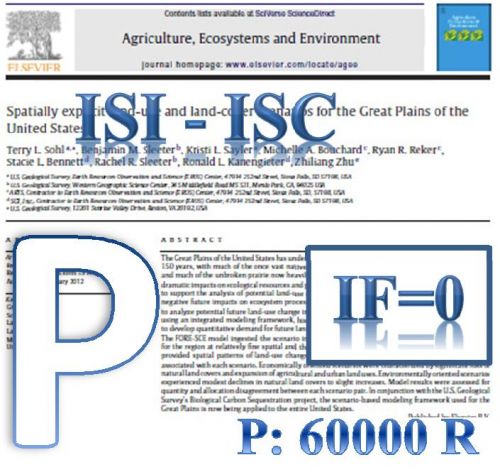The Swastika was used on many of Iran’s monuments dating from pre-Is-lamic and post-Islamic times. It cannot be said that the Swastika sign has always had only one meaning, for if it was so, it would lose its mystery and become merely a word. In addition to being a beautiful image with deep and prominent notions, the Swastika is a key element in the art and creation of various pleasing motifs, especially in Islamic art. It appeared on the pre-Islamic Iranian artworks and remained visible on those of the Islamic era, indicating an inextricable link between the visual presentation and the past. Therefore, this research, which is an applied research of the qualitative approach, investigates the Swastika array in the Gonbad-e-Sorkh Mausoleum or Red Dome in Maragheh and analyses this sign printed in brick from a symbolic point of view. The results show that the Swastika is associated with the deceased soul in the tomb buildings and the reason for its creation must be related to this spiritual relationship.
کلید واژگان :Swastika, Gonbad-e-Sorkh, Maragheh, Iran, Symbology
ارزش ریالی : 1200000 ریال
با پرداخت الکترونیک
